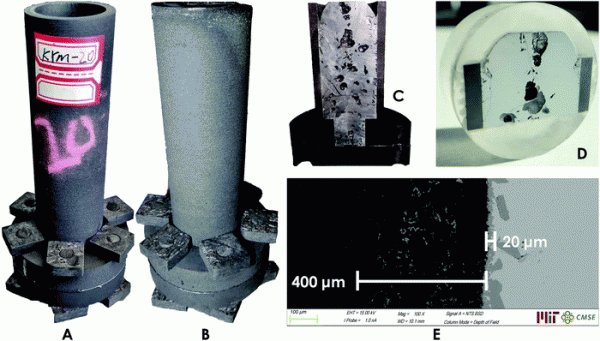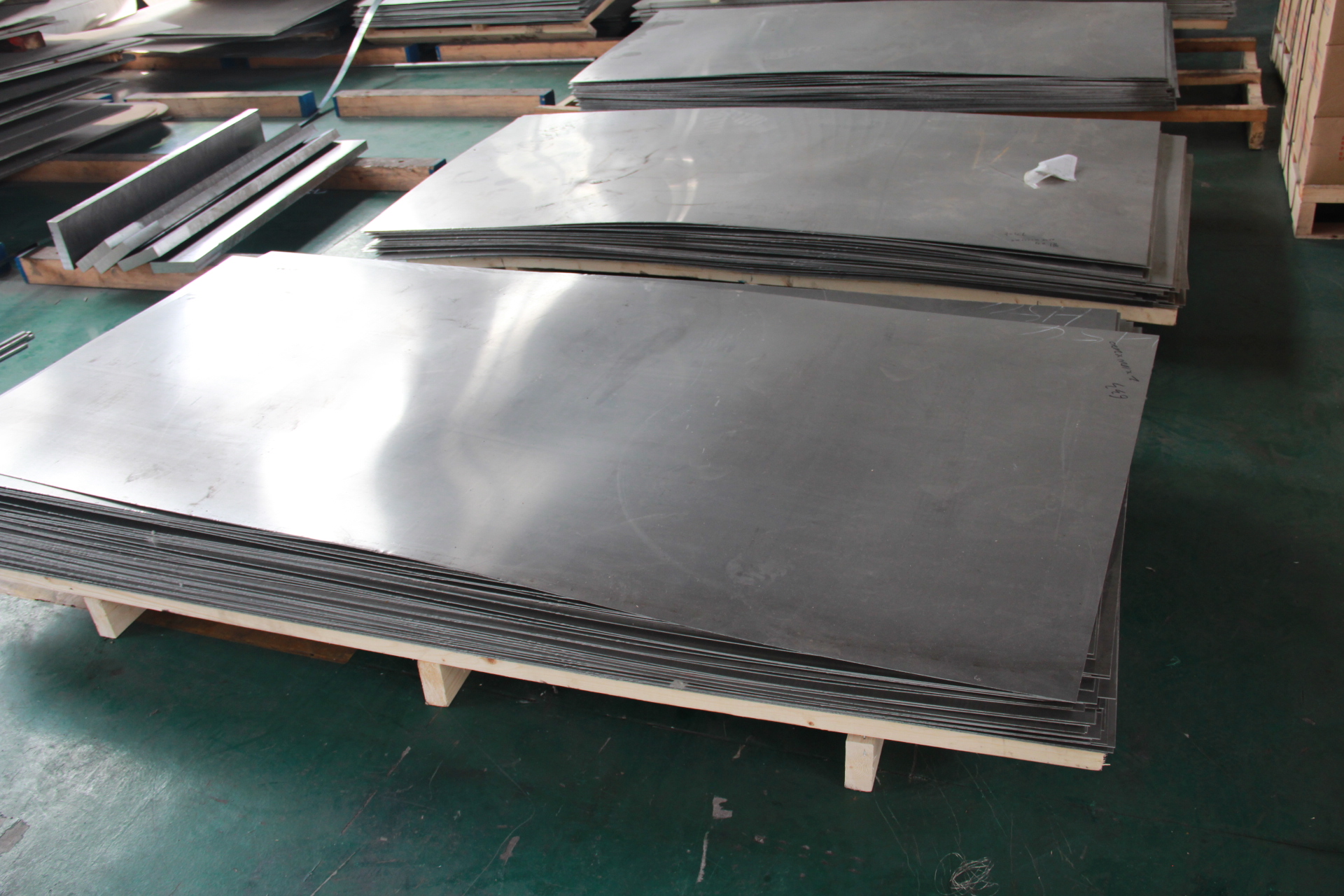Engineers at the Georgia Institute of Technology ’s Mechanical Engineering Department have proposed a conceptual design for storing renewable energy systems, such as solar and wind energy, and delivering the energy back to the grid as needed. The system can be designed to work not only when the sun is rising or when the wind is strong, but also to power small cities 24/7.
The new design stores excess power generated by solar or wind energy in large white-hot molten silicon tanks, and then converts the light of the luminescent metal back to electrical energy when needed.
Researchers estimate that such systems are cheaper than lithium-ion batteries, which have been proposed as a viable and expensive method of storing renewable energy. They also estimate that the cost of the system is about half of the pumped storage battery-this is the cheapest grid-scale energy storage system to date.
"Even if we now want to run the grid on top of renewable energy, we cannot because you need fossil fuel turbines to make up for the fact that renewable energy cannot be dispatched on demand," said Asegun Henry, an associate professor in the Department of Mechanical Engineering. "We are developing a new technology that, if successful, will solve the most important and critical issue in energy and climate change, namely the issue of energy storage."
Henry and his colleagues published their designs today in the journal Energy and Environmental Science.

Technical schematic overview: where electricity from any source is converted into heat by Joule heating, and then transferred to liquid storage media as sensible heat (1900-2400 ° C). Using inexpensive materials, such as metallurgical grade silicon (US $ 1.6 per kilogram), can store heat with minimal heat leakage (about 1% per day). When electricity is needed, the liquid is pumped into a row of glowing tubes. A multi-junction photovoltaic cell is then used to convert light / heat back to electrical energy. The cell can convert visible and near-infrared light and reflect unusable light with a mirror on the rear surface. (Picture from: pubs.rsc.org)
Record temperature
The new energy storage system originated from a project in which researchers looked for ways to improve the efficiency of renewable energy, called concentrated solar energy. Unlike traditional solar power plants that use solar panels to directly convert light into electrical energy, concentrating solar energy requires large-scale giant mirrors to gather sunlight onto the central tower, where the light is converted into heat and eventually into electrical energy.
"The reason this technology is interesting is that once you have focused the light to get heat, you can store heat cheaper than electricity," Henry pointed out.
Concentrated solar equipment stores solar energy in large storage tanks filled with molten salt, which are heated to a high temperature of about 1000 degrees Fahrenheit (about 538 degrees Celsius). When electricity is needed, the hot molten salt is pumped through a heat exchanger, which transfers the heat of the molten salt to the steam. The turbine then converts the steam into electrical energy.
"This technology has been around for a while, but people have always thought that its cost will never be low enough to compete with natural gas," Henry said. "So pushing to run at higher temperatures, you can use more efficient heat engines and reduce costs."
However, if the operator heats the salt above the current temperature, the salt will corrode the stainless steel tank where it is stored. So Henry's team is looking for a medium other than salt, which can store heat at a higher temperature.
They initially proposed a liquid metal and eventually positioned it on silicon-silicon is the most abundant metal on earth and can withstand an incredible high temperature of 4000 degrees Fahrenheit (about 2204 degrees Celsius).
Last year, the team developed a pump that can withstand this temperature and can pump liquid silicon through a renewable energy storage system as expected. The pump has the highest heat resistance record-this feat is reflected in the "Guinness Book of World Records". Since that development, the team has been designing an energy storage system that can fit into this high-temperature pump.
"Sun in a box"
Now, the researchers have outlined the concept of their new renewable energy storage system, which they call TEGS-MPV, "thermal energy grid storage using multi-junction photovoltaic power generation." They advise against using mirrors and the area of ​​the central tower to concentrate heat. Instead, they recommend converting electrical energy generated by any renewable energy sources (such as sunlight or wind) into thermal energy, which is heated by Joule-the process of passing electricity through heating elements.
The system can be paired with existing renewable energy systems (such as solar cells) to capture excess electricity during the day and store it for later use. For example, consider a small town in Arizona, which receives some power from a solar power plant.
"Everyone came home from work, turned on the air conditioner, and the sun went down, but it was still very hot," Henry said. "At that time, the output of photovoltaic power generation will not be very large, so you must store some energy earlier in the day, just like the sun is at noon. Excess electrical energy can be delivered to the storage room. The system we invented will play here effect."
The system will include a large, highly insulated, 10 meter wide storage tank made of graphite and filled with liquid silicon, maintained at a "cold" temperature close to 3500 degrees Fahrenheit (about 1927 degrees Celsius). A row of tubes exposed to heating elements then connects this "cold" tank to a second "hot" tank. When electricity from solar cells in the town enters the system, this energy is converted into heat in the heating element.
At the same time, the liquid silicon is pumped out of the "cold" tank and further heated as it passes through the pipes exposed to the heating element, and into the "hot" tank, where the thermal energy is stored at a higher temperature of about 4300 degrees Fahrenheit in.
When electricity is needed, for example, after the sun sets, the hot liquid silicon-which is so hot that it emits white light-is pumped through a series of light-emitting tubes.
Special solar cells called multi-junction photovoltaic power generation then convert these light energy into electrical energy, which can be supplied to the urban power grid. The cooled silicon can now be pumped back to the "cold" tank until the next cycle-effectively acting as a large rechargeable battery.
"People began to give us a design concept with an affectionate name: 'The Sun in a Box', which was created by my colleague Shannon Yee at Georgia Institute of Technology," Henry said. "It is basically an extremely strong light source, all contained in a box capable of capturing heat."
Energy storage key
Henry said the system requires thick and strong storage tanks to insulate the molten liquid inside.
"These things are white hot inside, but what you feel when you touch outside is room temperature," Henry said.
He suggested that the storage tank be made of graphite. But some people worry that at such a high temperature, silicon will react with graphite to form silicon carbide, which will corrode the storage tank.
To test this possibility, the team built a miniature graphite canister and filled it with liquid silicon. When the liquid is kept at 2000 ° C for about 60 minutes, it does form silicon carbide, but it does not corrode the tank but forms a thin protective lining.
"It strengthens graphite and forms a protective layer to prevent further reactions," Henry said. "So you can make this jar with graphite, it will not be corroded by silicon."

The proof-of-concept experiment proves that the sealed graphite (KYM-20) storage tank contains 553 grade Si, which is maintained at a temperature above 2000 ° C for 60 minutes. (A) Before the experiment, (B) after the experiment, (C) and (D) show the cross-sections. (E) SEM backscatter image of the tank wall, showing the formation of a SiC protective layer. (Picture from: pubs.rsc.org)
The team also found a solution to another challenge: because the system ’s storage tanks must be very large, it is impossible to build them with a single piece of graphite. If they are made of multiple parts, they must be sealed in some way to prevent leakage of molten liquid.
In their thesis, the researchers demonstrated that they can prevent any leaks by screwing graphite sheets with carbon fiber bolts and sealing them with graphite-flexible graphite used as a high-temperature sealant.
Researchers estimate that a single energy storage system of this type can make a small city of about 100,000 households completely powered by renewable energy.
Henry emphasized that the design of the system is unlimited in terms of application area, which means it can be located anywhere, regardless of location. This is the opposite of pumped storage-pumped storage is currently the cheapest form of energy storage and requires a location that can accommodate large waterfalls and dams in order to store energy in the potential difference of the water.
"This is not limited by geographical conditions and is cheaper than pumped storage power stations, which is very exciting," Henry said. "In theory, this is the key to achieving renewable energy to power the entire grid."
Original paper: https://pubs.rsc.org/en/content/articlehtml/2019/ee/c8ee02341g
(Originally from: Daily Solar China New Energy Network Comprehensive)
Other Special Steel Is different from the traditional steel, it is mainly formed by the alloy, generally has good oxidation resistance, corrosion resistance, high temperature resistance and other characteristics, it can be applied in a very harsh environment. Used for special industries. The main use is the production of various furnace components, the maximum temperature of 1300 degrees Celsius, could be applied in the condition of high temperature 1150℃. Such as furnace materials, automotive cleaning equipment, materials, etc.. As well as nuclear reactor cooling system, heating furnace, carburizing basket and fasteners, heat treatment fixture.

Other Special Steel
Alloy C276 Materials,Welding Of Nickel Alloys,Stainless Steel Welding Wire,Monel 400 Properties
Jiangsu nickel alloy Co.,Ltd , https://www.xhalloy.com